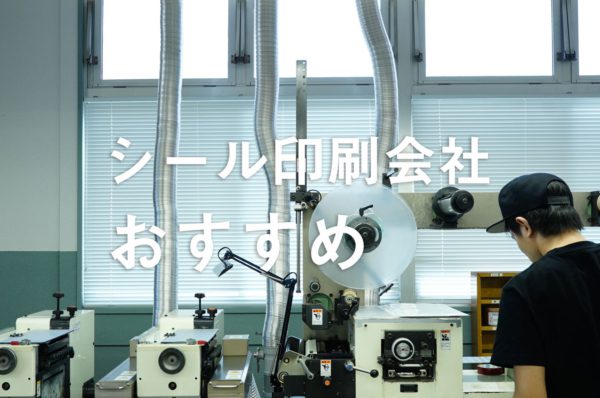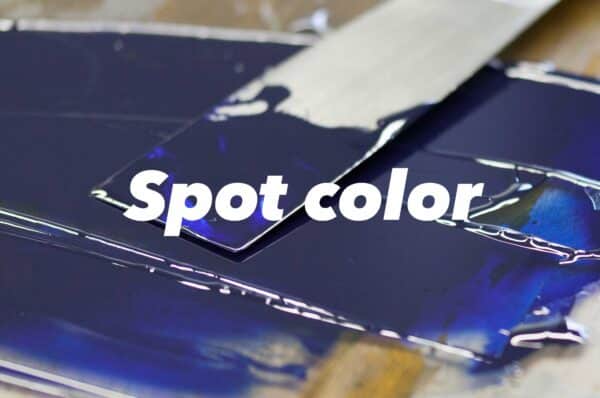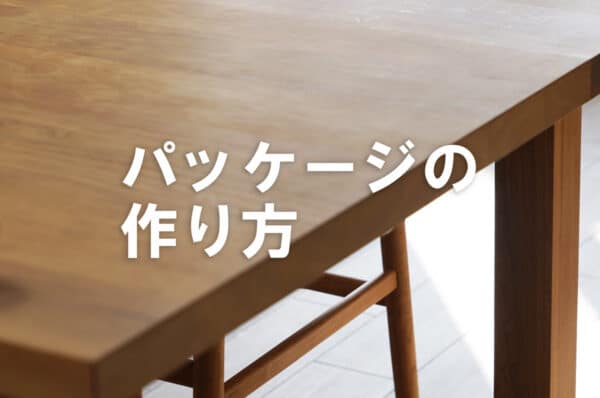Sticker Printing Color Proofing: Ensure Accurate Colors
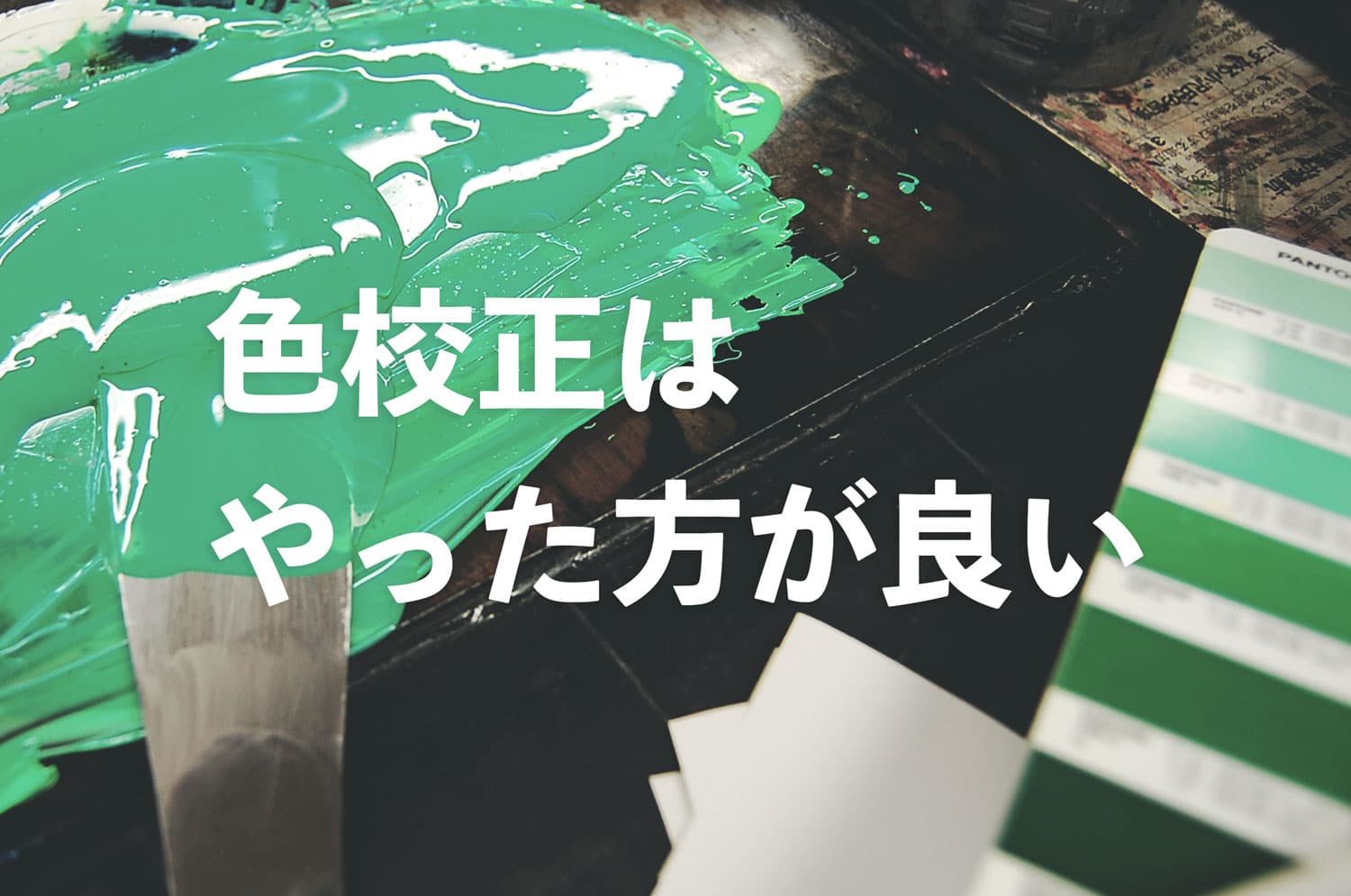
Explanation of Sticker Printing Color Proofing
"Hmm? This color is different from what I imagined... We need a reprint... That printing company again."
Color mismatches are a common issue in the printing industry and one of the most frequent problems encountered.
In this article, we will explain "sticker printing color proofing" to help you avoid such color issues. We hope this information will be useful for those who want to create satisfying product labels.
Please feel free to contact us.
Sticker Printing Color Proofing
Color proofing (trial printing), also known as Sticker Printing Color Proofing, refers to the creation of a printed sample for a fee. The purpose is to set a satisfactory color for mass production.
In other words, it is a crucial process where the client checks the color in advance, confirms it, and ensures that both the client and the printing company have a mutual understanding of the color. That is color proofing.
When it comes to corporate colors of well-known companies or when famous talents are used in printed materials, Sticker Printing Color Proofing is always conducted. Even with careful checks, sometimes it can take three rounds of rejections (all paid). In some cases, the process concludes with the client present at the printing site saying, "This color is OK!" It may seem excessive, but this is the approach of top brands.
In the sticker and label printing industry, however, color proofing is often skipped due to the additional costs and time it entails.
The cost is approximately $100 or more, and it takes about three business days. Unlike a printer, it's not a simple click-and-print process. An operator actually uses the same printing machine as the one used for the final product, which takes time and money.
When I told an advertising agency that many clients don't request color proofing for product labels, they said, "Is there a project without color proofing for product labels? What about the troubles?" This reaction was natural for someone involved in work where failure is not an option. I remember strongly resonating with this sentiment.
Originally, Sticker Printing Color Proofing serves as insurance to prevent troubles during mass production. While cost and delivery time are important, we highly recommend it if you are particular about achieving the exact color.
Even Graphic, a major printing company, states in their "Basic Knowledge of Color Proofing" that "If you want a strict color check, please choose actual machine proofing."
Printing companies want you to be satisfied with the color. (Really)
Clarifying Desired Colors
If you proceed without color proofing, you are essentially leaving the final color to the discretion of the printing company. However, complaints such as "The color is different from what I imagined!" frequently occur at every printing company when color proofing is not conducted.
Where is the problem? Let's first talk about color perception.
Which of these do you consider "green"?

Apologies for asking. The answer is that they are all green.
As you can see, a single color can have a wide range of variations. This means that printing companies may not know the exact shade you are looking for.
Therefore, color proofing helps them understand your precise requirements.
Most complaints about color are not due to the printed color being different from the image, but rather because the correct steps were not followed to match the image.
In case of reprinting, additional printing costs and time are incurred, leading to unnecessary expenses and delays.
Experienced professionals always conduct color proofing to avoid such risks. Some even stay on site to ensure the color meets their exact standards.
The Necessity of Color Proofing
Is color proofing absolutely necessary? Not always. We believe it should be used appropriately depending on the project. Projects have various needs such as budget, quantity, delivery time, and project level.
Here are cases where color proofing is "not necessary" and "necessary."
Cases Where Color Proofing is Not Necessary
・When there is a color sample
・When instructions can be given with PANTONE or DIC
As mentioned earlier, as long as the printing company knows the color standard, there is no problem. If you have a color sample, please send it to the printing company. If there are instructions with PANTONE or DIC, please provide the number or send the color chip. The printing company will finish the printed material according to the provided or instructed color.
If you are still worried about the color matching, conduct color proofing. The role of color proofing is also to eliminate such worries.
Cases Where Color Proofing is Necessary
・When there is a corporate color
・When using four-color printing
・When there is a large print quantity
If there is a corporate color, it is essential to conduct color proofing, especially for large order quantities.
Even when using four-color printing, color proofing is important. The following image is an extreme example, but it illustrates how color variations can occur even with the same data. Color adjustments impact the entire print, so it cannot be done for only specific parts.

If the print quantity is large, you already know. Yes, it would be disastrous if a reprint is needed. Conduct color proofing.
Misconceptions
1. It Won't Match the Color on Your PC Monitor
"Please match the monitor color" or "The printed material color is different from the monitor" are common requests. To put it simply, it is physically impossible to match the color of light with the color of ink.
Try printing out a color on your printer and compare it with the monitor color. You will notice a difference. Also, the color reproduction varies depending on the manufacturer and display settings of the PC monitor, so never use the monitor as a color judgment standard.
2. It Won't Match the Color of Your Inkjet Printer
We have also received feedback such as, "The color is different from what we printed out here." It is a mistake to use the color output from a different printing method as a reference.
Office printers and the actual production printing methods differ. In other words, if the printing method and ink pigments differ, the color will also vary slightly.
However, you can use it as a reference for color direction. Most printing companies will make every effort to match your desired color as closely as possible.
3. It is Incorrect to Believe that Printing Companies Can Reproduce Any Color
The final color in four-color printing is 90% determined by the submitted data. Ink adjustments can only change the color by about 10%. You might think, "Just adjust it on your end!" but there is no technique to change the color precisely as desired. The data itself needs to be corrected.
4. Color Changes Depending on the Material
In most cases, the printing company will provide advice on this. However, materials with high absorbency, such as high-quality paper or Japanese paper, can cause the color to appear slightly darker. This is because the color sinks into the material. It's similar to how a spot on calligraphy paper darkens when water is dropped on it; the ink is absorbed by the material, affecting the color.
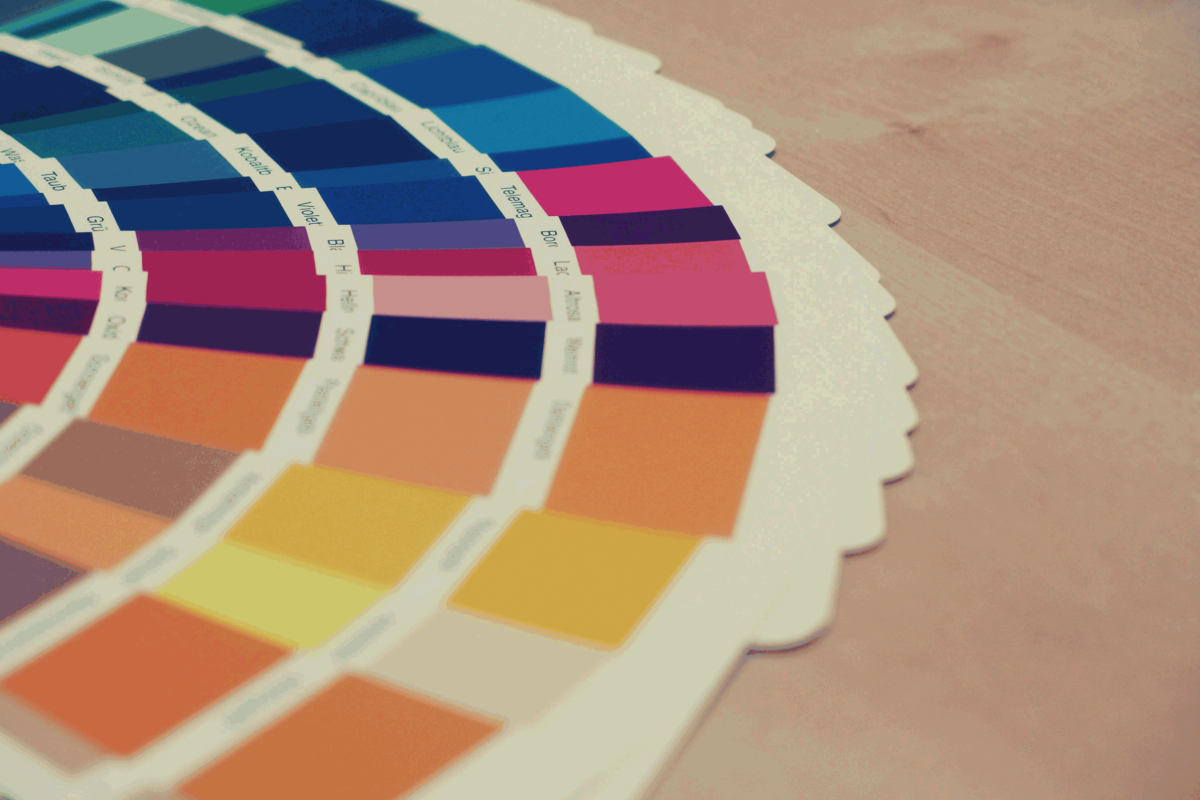
Summary of Seal Printing Color Proofing
Printed materials are unique, making it challenging to set universal standards. Achieving satisfactory results requires detailed discussions, but color proofing remains the most effective method.
Remember, product labels are a key part of your product design. Our goal isn't just to produce them cheaply and quickly, but to help you sell more of your products.
We aim to get as close as possible to your ideal color and support your business.
Color proofing is a crucial step before your printed materials are released to the market.
Related Articles
What is Spot Color? | Explanation of Differences from Four-Color Printing

Start Your Project Now!
Contact Us or Get a Quote!

